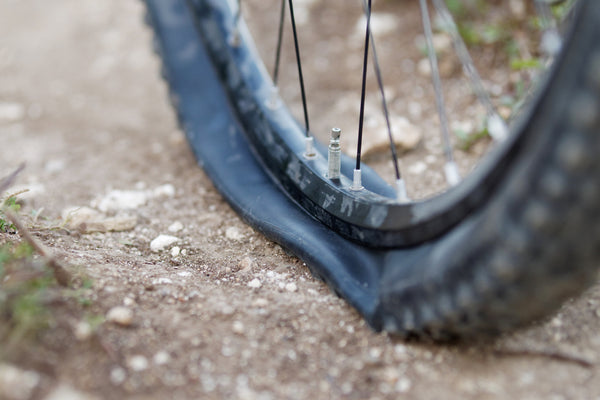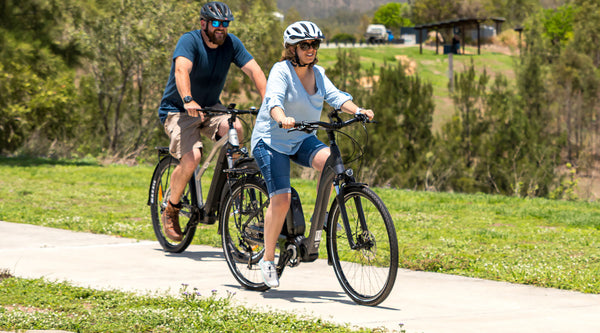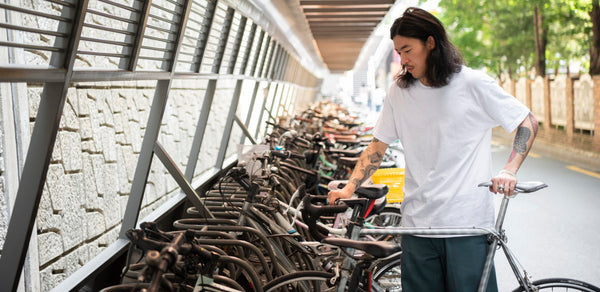Bike Tube Buying Guide
A bike tube, also known as an inner tube is responsible for maintaining proper tire pressure and preventing flats, making it a critical component of your bicycle. However, with various sizes, valve types, and materials available, selecting the right tube can be a bit overwhelming. In this bike tube buying guide, we'll walk you through the key factors to consider, helping you make an informed decision and get back on the road with confidence.
In most cases the required dimensions will be written on the side wall of your tire for easy reference but there are a few other things to consider.
Understanding Bike Tube Sizes
The first step in buying a bike tube is to understand the sizing system. Tubes come in different diameters and widths to fit various tire sizes. The two most common sizing standards are the ISO (International Organization for Standardization) and the French sizing systems. For example using a common road bike sizing, the ISO system uses two numbers, such as 700x25c, where 700 refers to the diameter in millimeters, and 25c represents the width. French sizing uses three numbers, such as 700x25-32, indicating the diameter range (700) and the width range (25-32mm), meaning the tube will fit a tire width between 25 and 32mm. This is similar for mountain bike tires however they are generally measures in inches, for example common wheel diameters are 29" and 27.5" so would display something like; 29x1.90-2.35 or 27.5x1.90-2.35To ensure compatibility, check your tire's sidewall for the correct size information.
It is also important to purchase tubes with valves that are compatible with your bike pump.
The two main types of valves used:
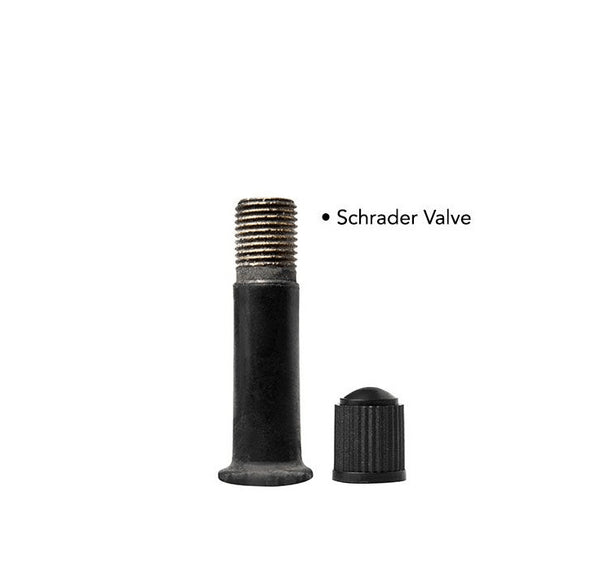
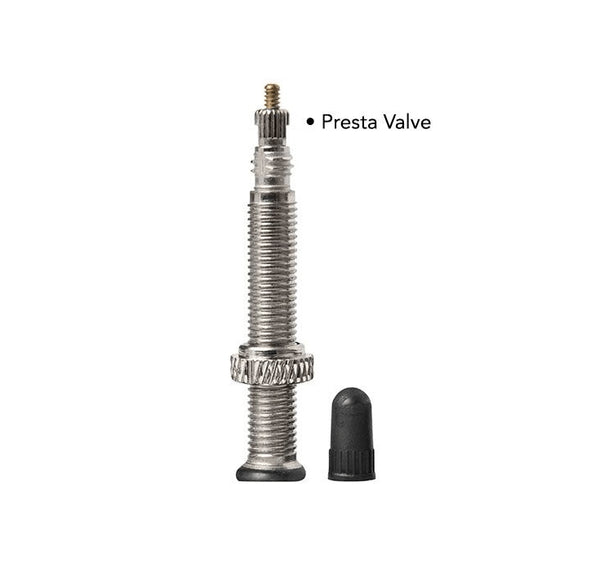
Schrader Valve: Also known as American valves and sometimes abbreviated to AV or SV are the most common valve type and are widely used in various applications, including cars, motorcycles, and bicycles. Schrader valves are larger and sturdier than Presta valves, featuring a spring-loaded valve mechanism and a central pin that is depressed to inflate and deflate the tire. They resemble the valves found on car tires and are easily recognizable by their wider diameter.
Presta Valve: Also known as French valves or Sclaverand valves and are often hyphenated to PV. They have a narrower diameter than Schrader valves and a threaded exterior. Presta valves are typically longer and lighter than Schrader valves. To inflate a tire with a Presta valve, you need to unscrew the locknut at the top, press down on the central pin to open the valve, and then attach your pump or inflator.
Both valves require different pump heads to inflate, however most new pumps these days offer interchangeable dual heads or the ability to pump both using one nozzle. So unless you have a very old pump the choice really comes down to personal preference.
Tube Thickness and Puncture Resistance:
Consider the thickness and puncture resistance of the bike tube, especially if you frequently ride on rough or debris-filled terrain. Some tubes feature reinforced construction or added puncture protection layers to enhance durability. Thicker tubes, often referred to as "thorn-resistant" tubes, offer better resistance against punctures but can increase rolling resistance making them slower to pickup. Strike a balance between puncture protection and performance based on your specific riding conditions.
Understanding what Tubeless tire setups are:
Tubeless tires offer several advantages over traditional tubed tires. One key benefit is the ability to run lower tire pressures without the risk of pinch flats. This improves traction and comfort, especially on rough terrain. Tubeless tires also tend to have better rolling resistance and can be lighter than their tubed counterparts.
To set up a tubeless system, you need tubeless-ready rims and tires. These rims have a specific shape and airtight sealing system, often involving a tubeless valve stem. Tubeless-ready tires have a reinforced bead and sidewalls, which help them form a tight seal with the rim.
To make the system airtight, sealant is added to the tire. The sealant helps seal punctures on the fly by sealing the hole with latex or other compounds. This allows for self-sealing of small punctures without the need to stop and fix a flat tire.
Tube Brands and Quality
It is not necessary to purchase a tube of the same brand as your tyre, however not all tubes are made equally. 99 Bikes stocks only the most reliable and high quality tubes from leading brands which have performed rigorous quality control processes to ensure consistent performance and reliability.
Here are a few additional tips to keep in mind while purchasing bike tubes:
- Carry a spare tube and necessary tools during your rides, especially on longer trips or in remote areas.
- Consider investing in a patch kit to repair minor punctures, extending the life of your tubes.
- Check the recommended tire pressure range for your bike and maintain the appropriate pressure to prevent pinch flats.
Selecting the right bike tube is crucial for maintaining optimal performance, comfort, and safety during your rides. Consider factors such as size, valve type, material, puncture resistance, and brand reputation to make an informed decision. By understanding these key aspects and following the tips provided, you can confidently choose the perfect bike tube for your cycling adventures. Remember, a well-maintained bike tube means fewer flats, smoother rides, and more enjoyable journeys.

